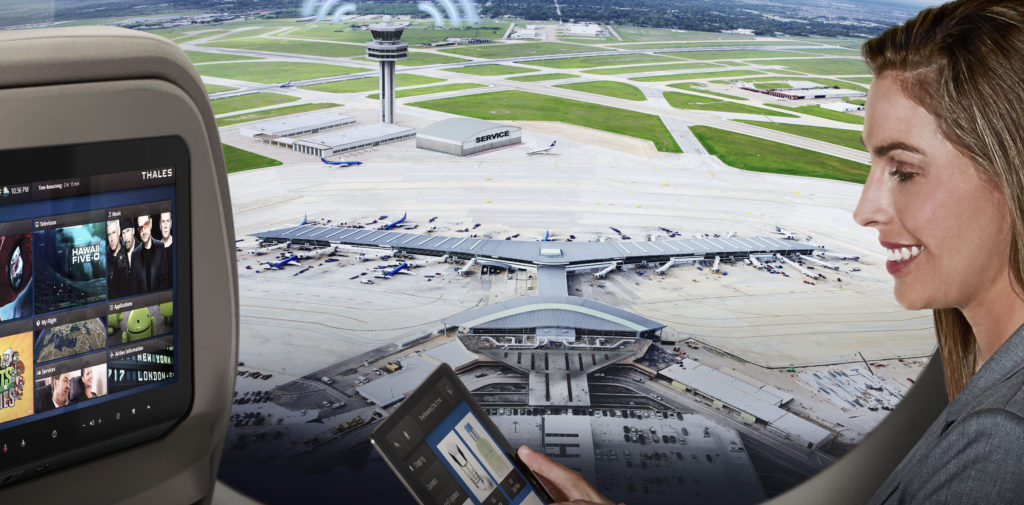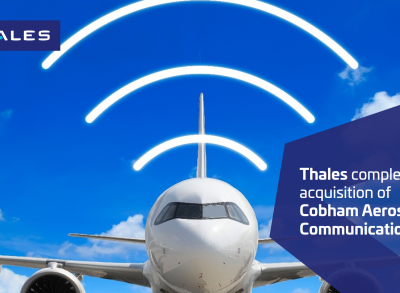Overcoming the Cyber Threat in Aviation
In recent years, the number of reported cyber-attacks has been on the rise across nearly every industry and it is a threat that businesses must take seriously. As more computing power and information become available, cyber-attacks will continue to grow in frequency and sophistication. Modern cyber threats are rampant because of the many ways businesses are targeted, be it Internet enabled connections, point-to-point solutions or dedicated system access portals.

The good news is the aviation community has long been one of the most safety conscious industries and it is already strengthening the ecosystem against threats to information and system security. Aircraft manufacturers, suppliers, government agencies and airlines are all working together more closely than ever before on this important topic. Thales recognizes that for non-flight critical systems, being secure on day one does not guarantee security forever. However, having an architecture that was designed from the outset with cybersecurity in-mind sets the foundation for future protection of any system. Risk assessment, validation testing, building security into the design and remediation of vulnerabilities are important and necessary to maintain the strength of any cyber secured system.
The Thales Role
In the aviation ecosystem cybersecurity involves not only the protection of information in the form of digital data, but also the associated networks, computers and portals that are transporting and enabling access to data in the ecosystem. Ensuring cyber secured systems in the aviation environment is also about organizational and procedural planning. Processes must be established and in place before there is an active threat in order to better anticipate and react to ones that may arise. Done together these things will help airlines mitigate the impacts of cyber-attacks.
Thankfully, the aviation ecosystem is one that is already well served by Thales. Coupled with its strengths in providing cybersecurity solutions to many different mission critical environments, Thales is able to provide airlines with guidance for establishing cybersecurity governance policies as well as securing equipment, services, operations and system wide architectures – including ground infrastructure, passenger information and aircraft. This is what Thales is doing and it is something the company plans to continue to build on to better serve airlines around the globe.
Continued Diligence
The threat landscape in cyberspace is developing very fast and will remain omnipresent and hard to predict. Yet, future threats will continue to be directed at perceived weaknesses which is why vigilance in this domain is critical. Being prepared means being able to detect, contain and respond quickly to cyber-attacks. Regulators and industry are aware of the reality of cyber security threats and are working hard to mitigate vulnerabilities. With the right rules and regulatory guidelines in place information sharing for the purpose of threat detection, deterrence and fixing vulnerabilities will help ensure future cyber success across the aviation community.
Find us on Twitter @thales_avionics, on our official Youtube channel Onboard TV and on LinkedIn Thales Aerospace.




